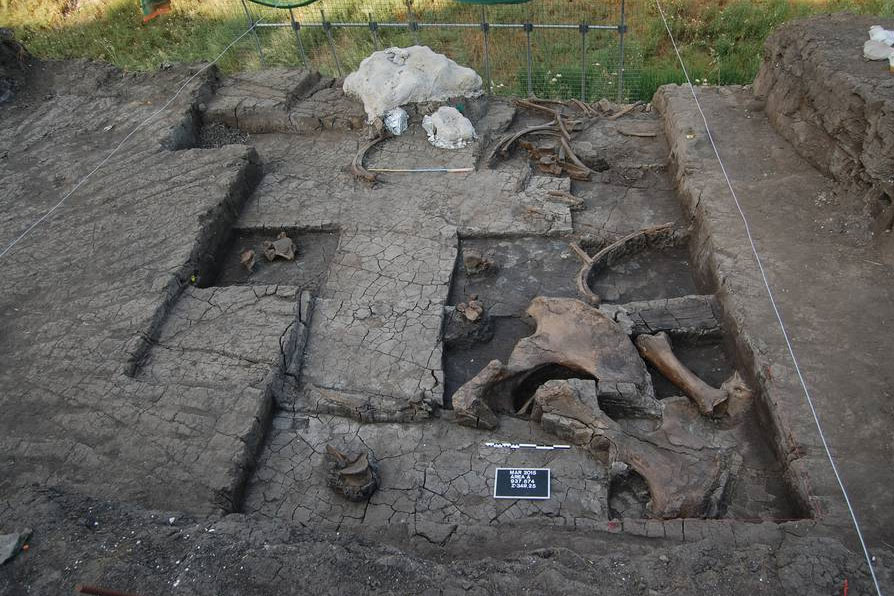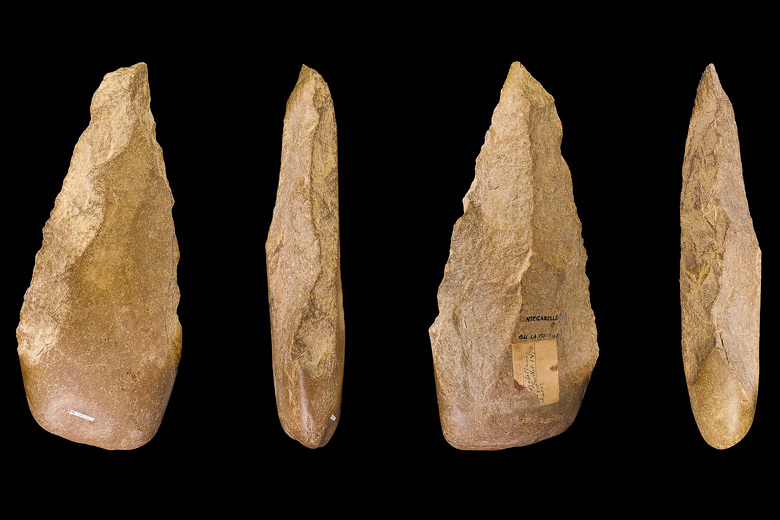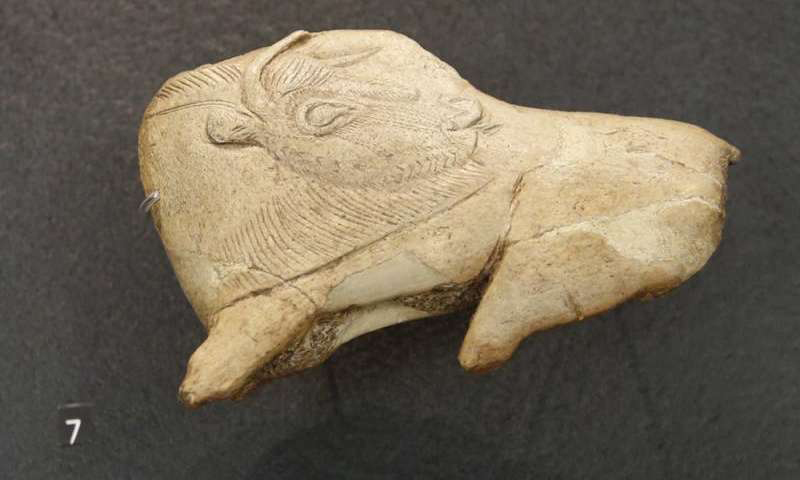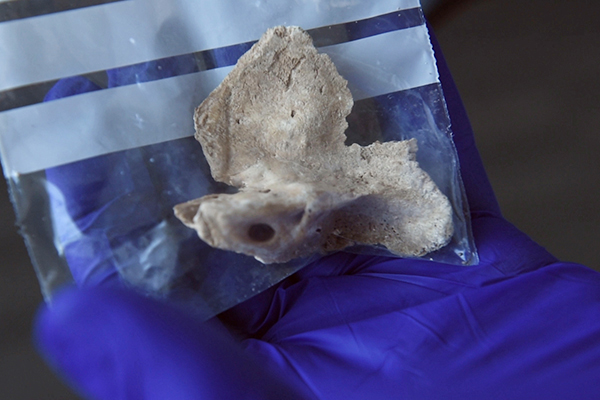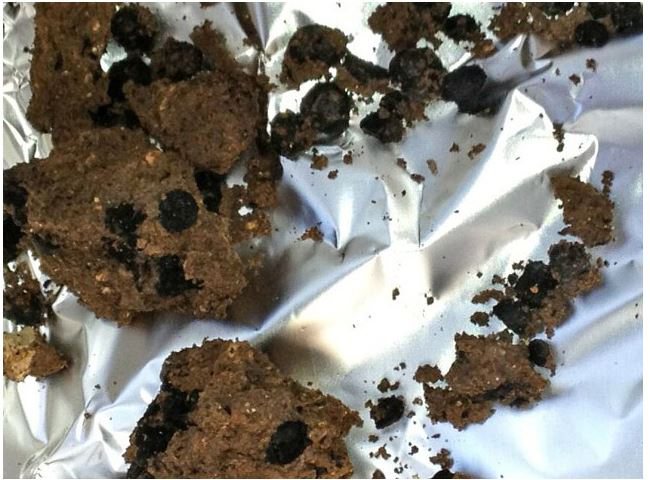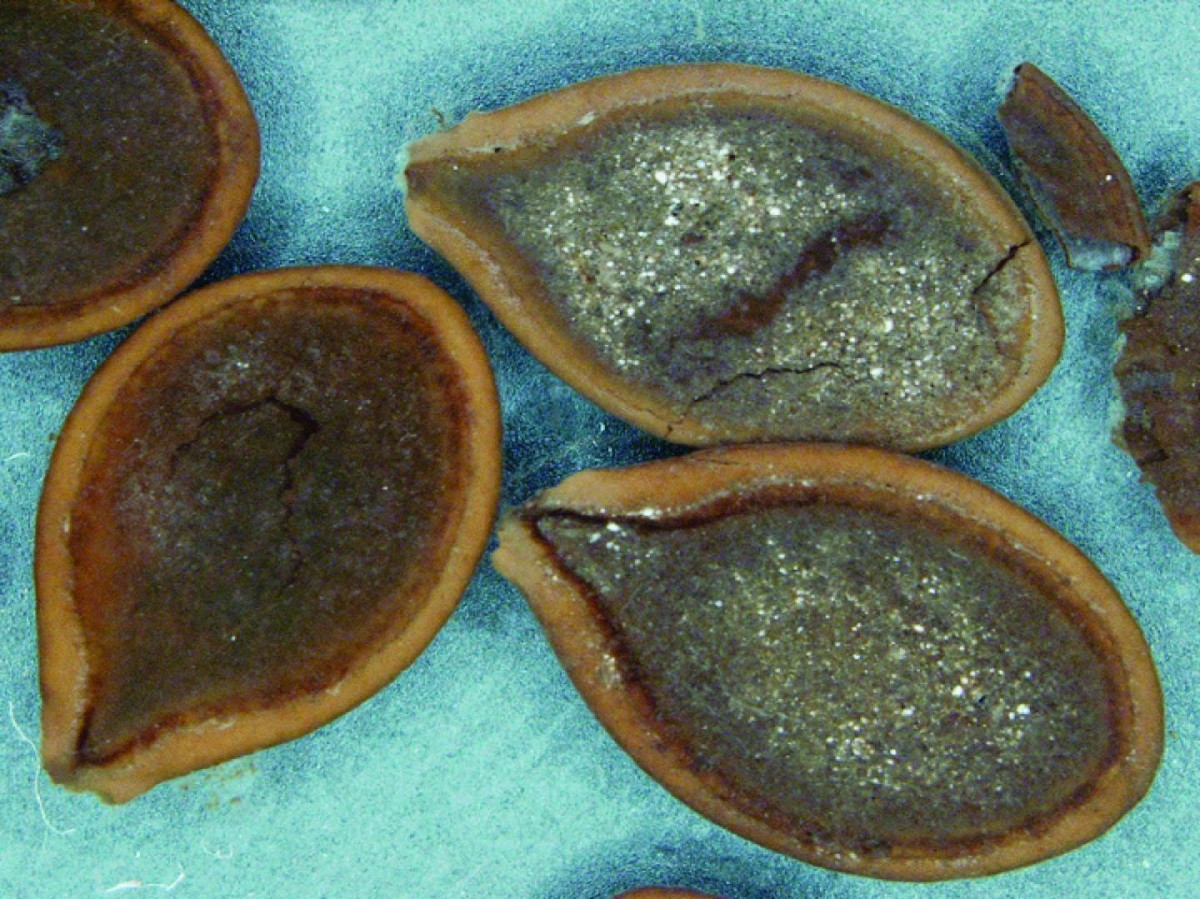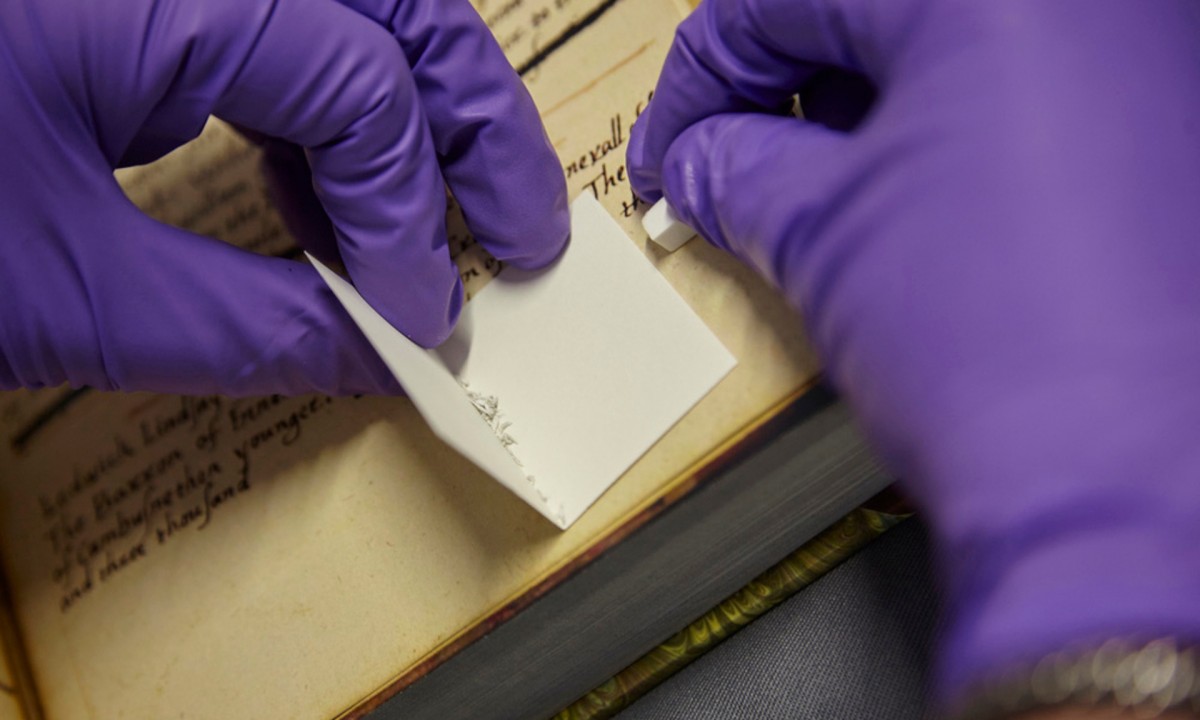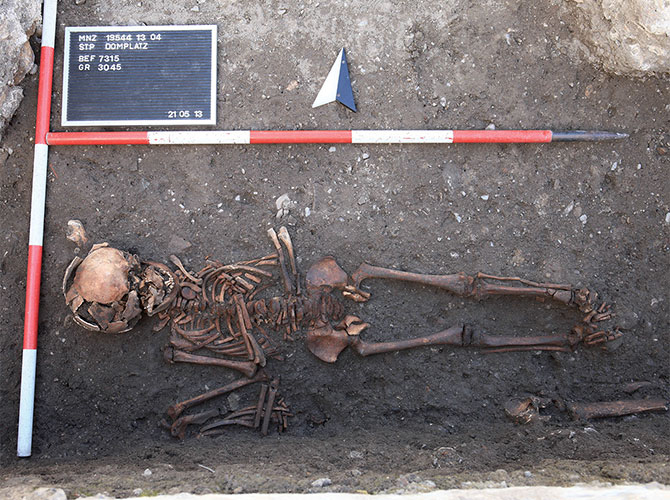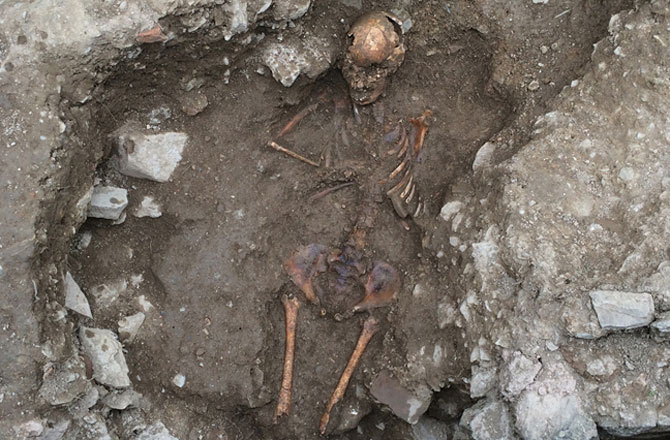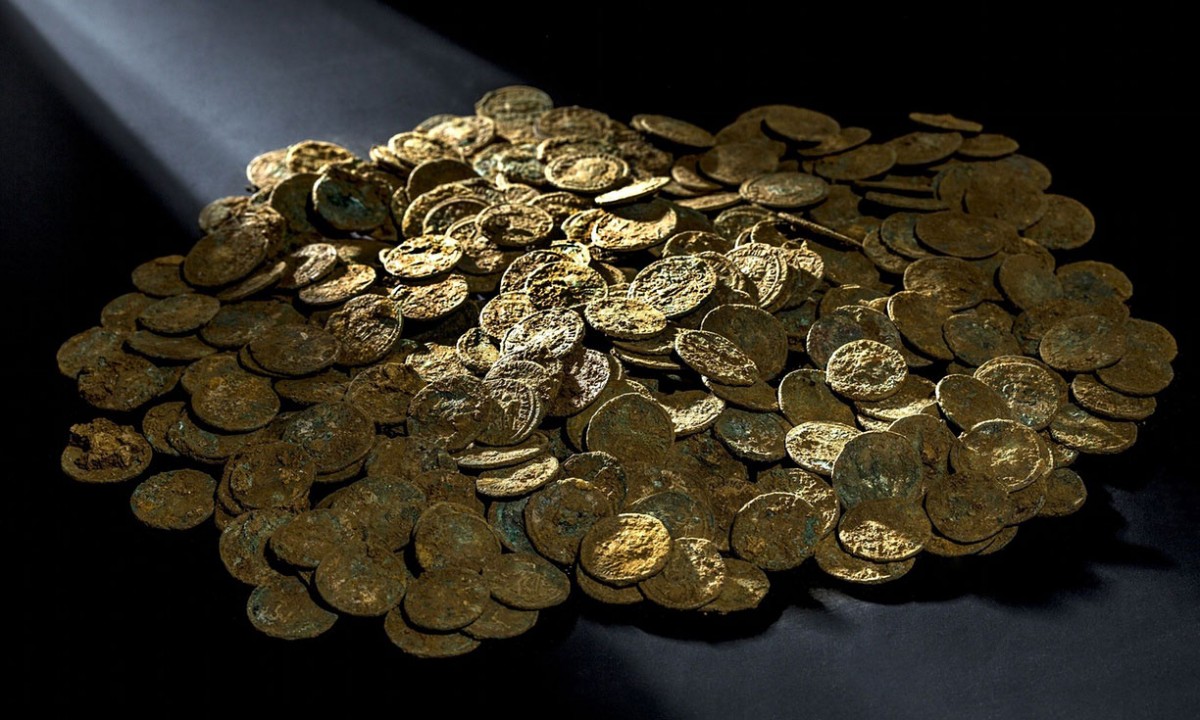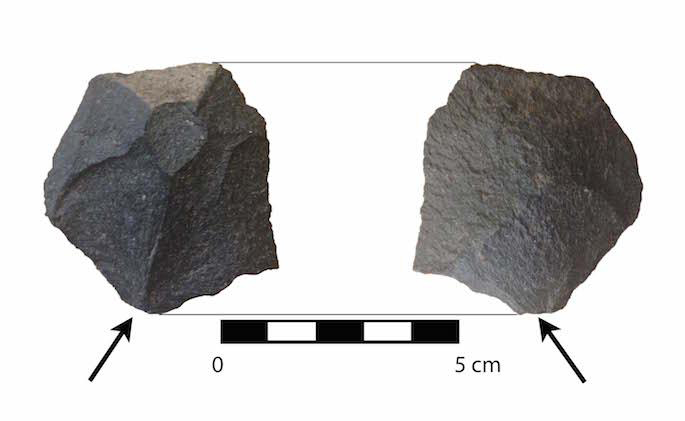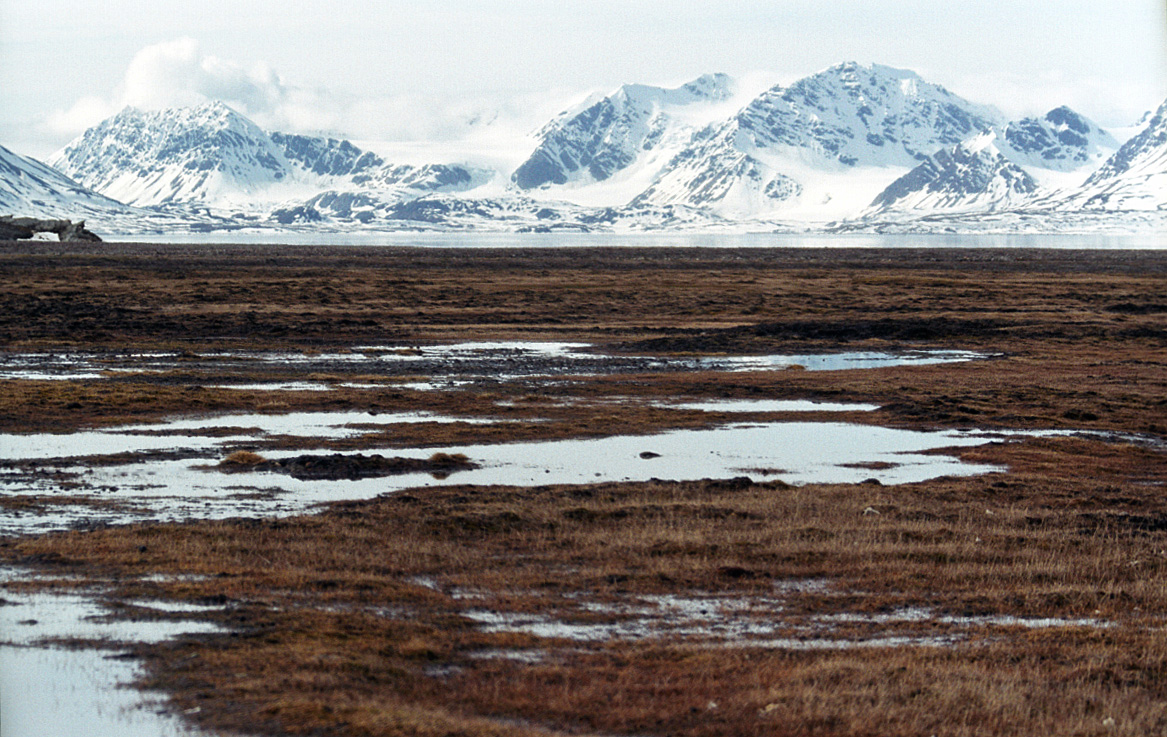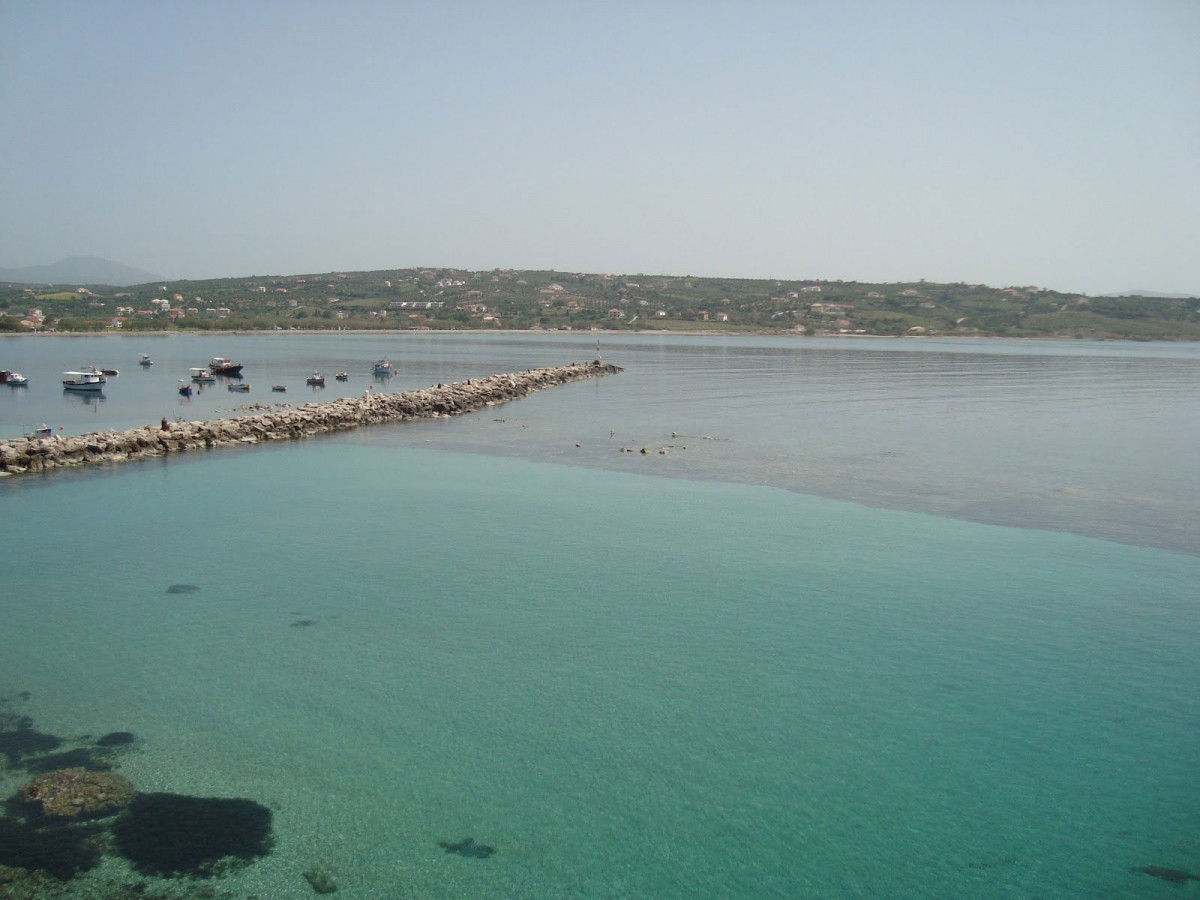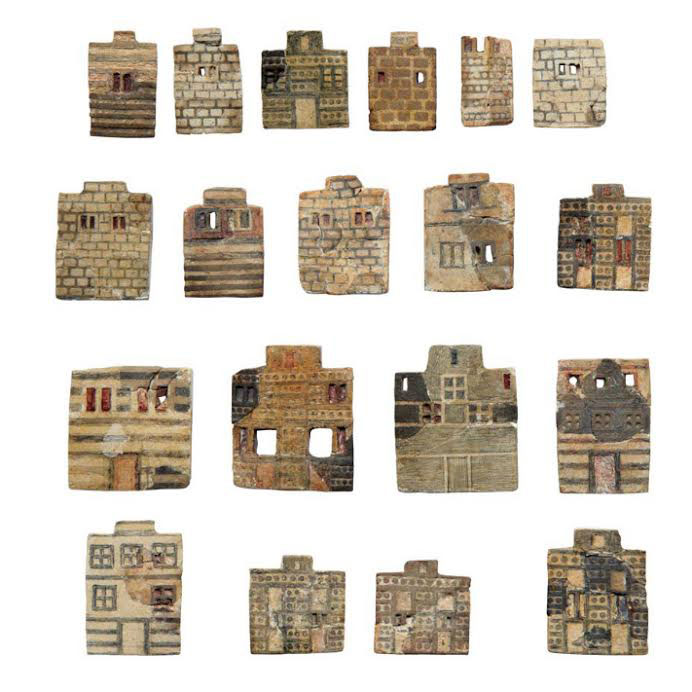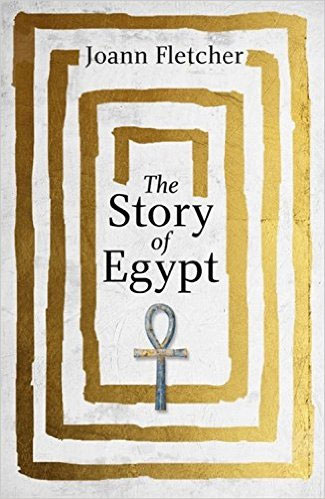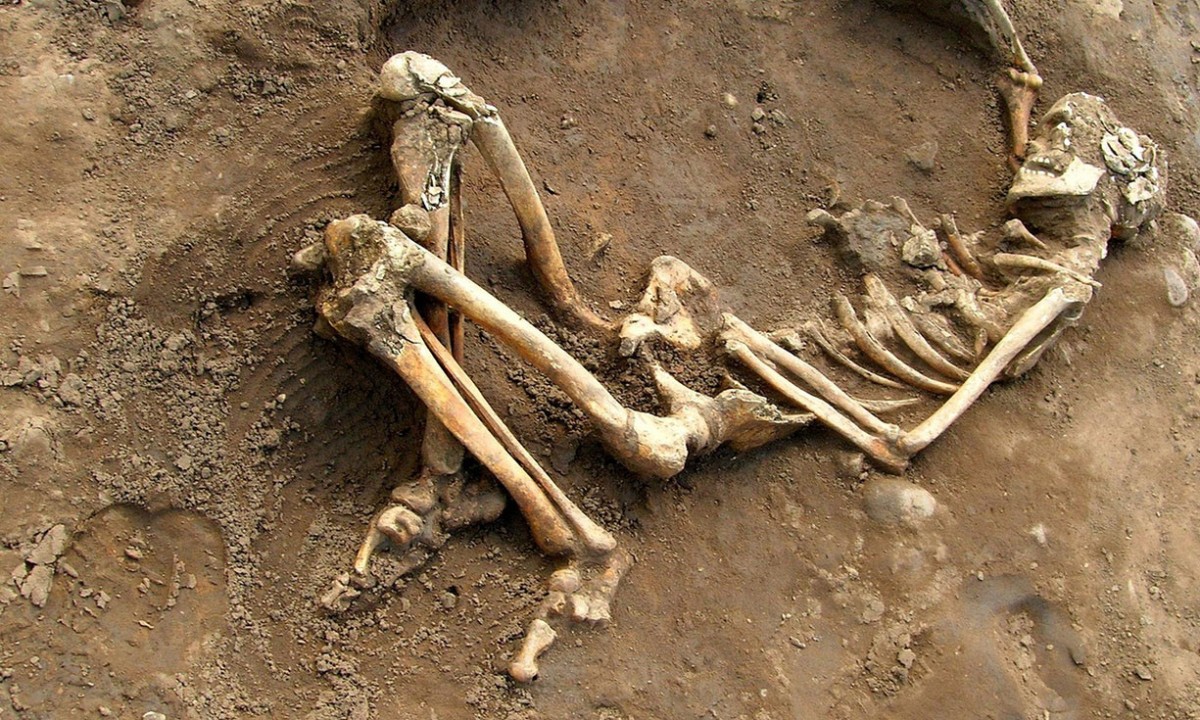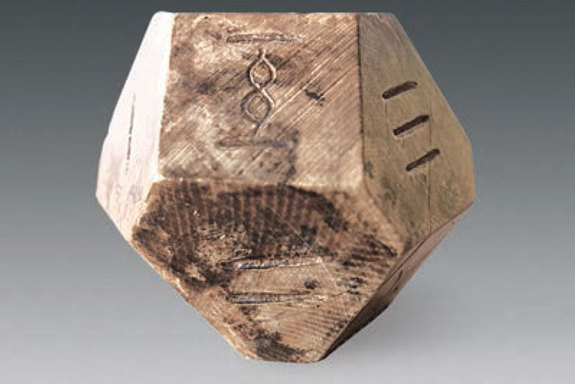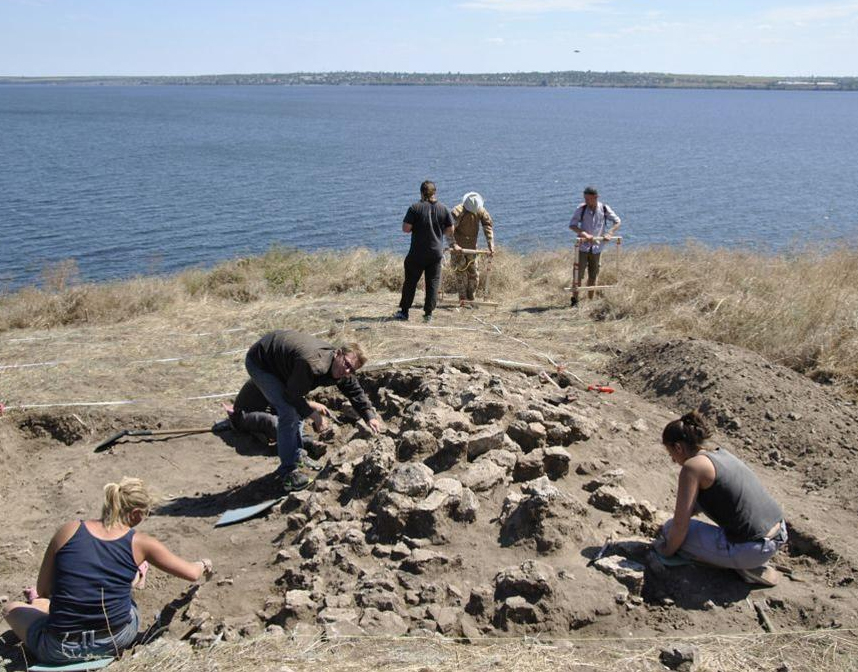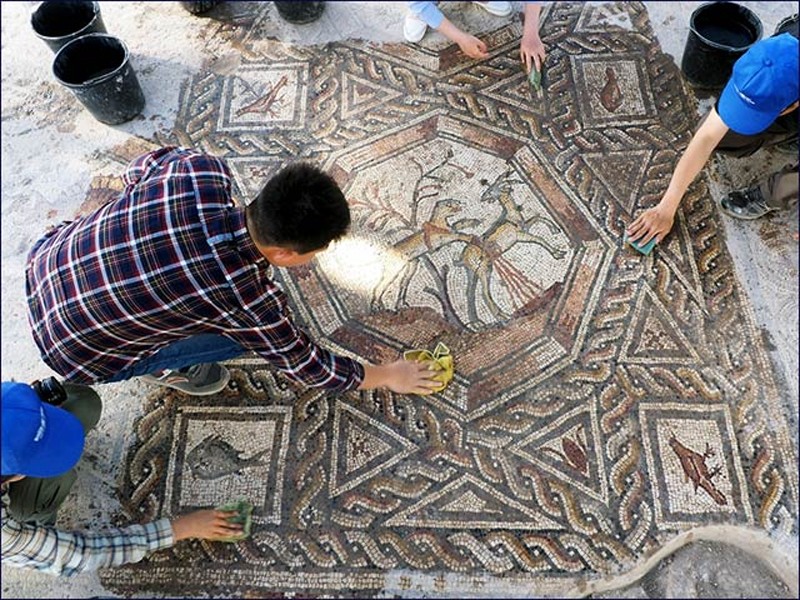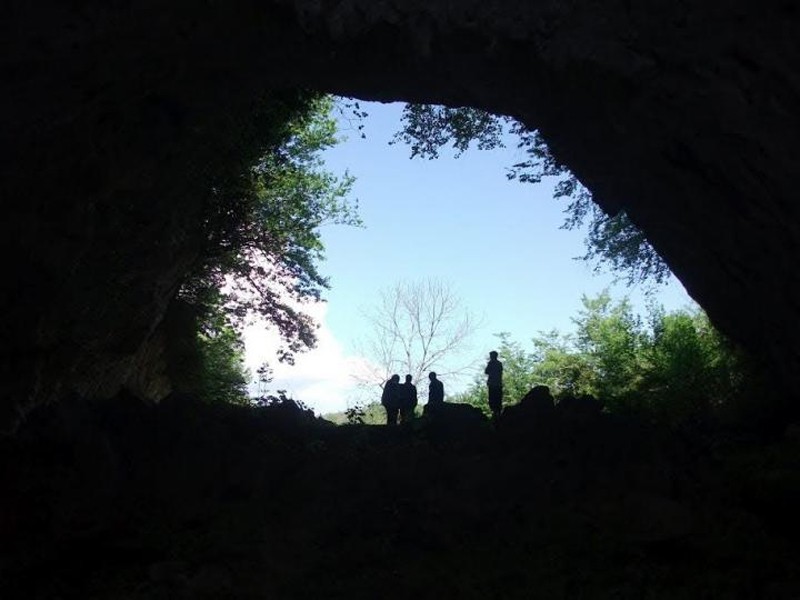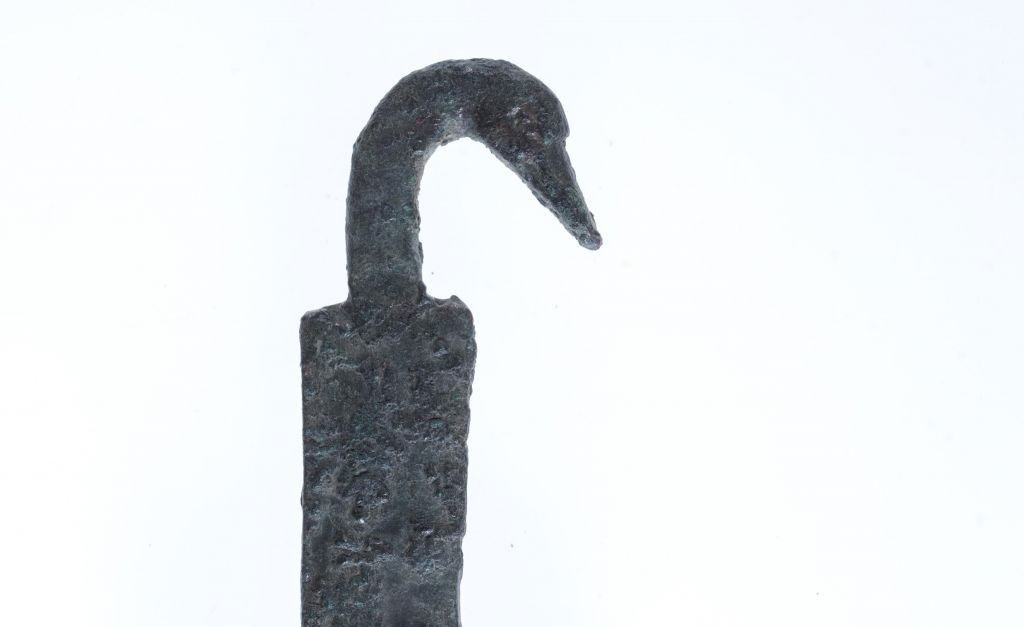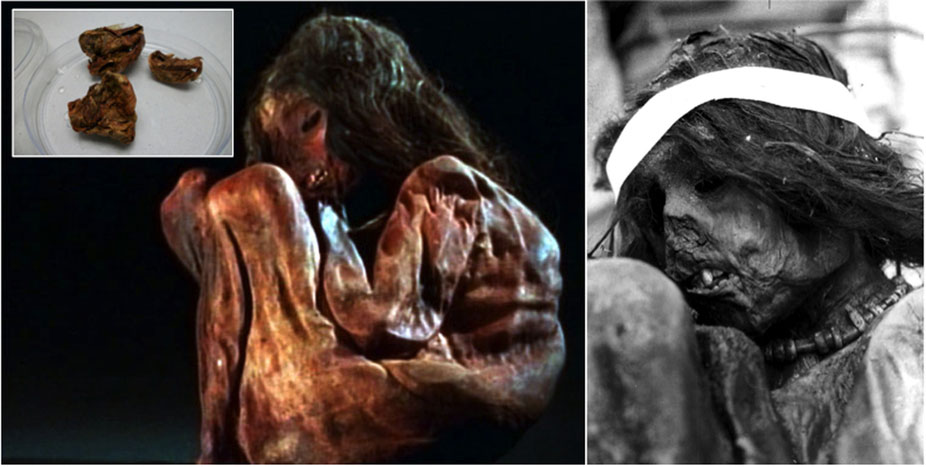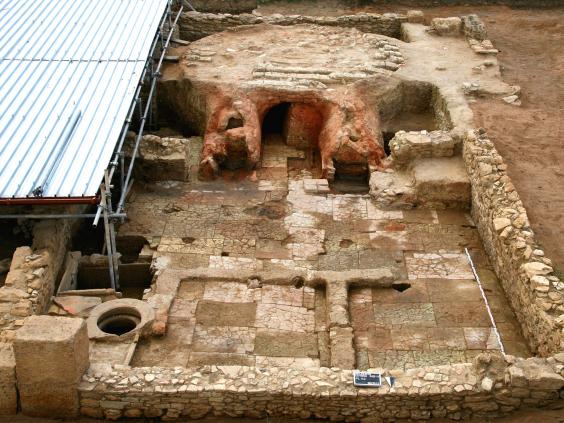Paleolithic elephant butchering site found in Greece
A new Lower Paleolithic elephant butchering site, Marathousa 1, has been discovered in Megalopolis, Greece.
Biologists trace how human innovation impacts tool evolution
Professor Marcus Feldman's lab has devised a computer model that could help solve a long-standing mystery over why the introduction of new tools in prehistoric societies sometimes comes in periodic bursts.
Human nature’s dark side helped us spread across the world
New research suggests that betrayals of trust were the missing link in understanding the rapid spread of our own species around the world.
DNA Tracks Adaptations in Europe’s First Farmers
The introduction of agriculture into Europe about 8,500 years ago changed the way people lived right down to their DNA.
Prehistoric man in the Galilee preferred legumes
Inhabitants' diet in Neolithic Galilee consisted mainly of fava beans, as well as lentils, various types of peas and chickpeas.
Loss of mastodons aided domestication of pumpkins, squash
If Pleistocene megafauna --mastodons, mammoths, giant sloths and others-- had not become extinct, humans might not be eating pumpkin pie and squash for the holidays, according to an international team of anthropologists.
Getting under the skin of a medieval mystery
A simple PVC eraser has helped an international team of scientists led by bioarchaeologists at the University of York to resolve the mystery surrounding the tissue-thin parchment used by medieval scribes to produce the first pocket Bibles.
Iran gains membership at ICCROM
Iran got a membership at the International Centre for the Study of the Preservation and Restoration of Cultural Property (ICCROM).
Syphilis widespread in Central Europe even before Columbus’ voyage to America
Congenital syphilis, which is passed from mother to child, has been detected in human skeletal remains from among the 9,000 burials in the cathedral square of St. Pölten, Austria.
Medieval skeleton of burnt teenage girl found in Italy
Archaeologists in Italy have uncovered a Medieval skeleton of a teenage girl, burnt and thrown in a pit, as was the practice with witches at the time.
Large hoard of Roman coins found in Swiss orchard
The discovery of a hoard of Roman coins in Ueken, Switzerland, was announced on Thursday by the regional archaeological service.
New clues about the earliest known Americans
New evidence shows that the earliest known Americans--a nomadic people adapted to a cold, ice-age environment--were established deep in South America more than 15,000 years ago.
Tropical fossil forests unearthed in Arctic Norway
UK researchers have unearthed ancient fossil forests, thought to be partly responsible for one of the most dramatic shifts in the Earth's climate in the past 400 million years.
Underwater antiquities and environmental impact study completed
An extensive underwater geoarchaeological survey at the area of Methoni, Greece, has been completed, revealing significant antiquities.
Ancient Egypt: It wasn’t all Pharaohs and gold
In her new book, Professor Joann Fletcher explores everyday life in one of our most intriguing civilisations.
Roman skeletons reveal secrets of life in antiquity
Ancient bones can offer valuable information on our ancestors. They can provide an insight on their diet and nutrition, the illnesses they suffered from, and other features of their lives.
Ancient Chinese board game found in looted tomb
Archaeologists in China have discovered an ancient board game in a looted 2,300-year-old tomb near Qingzhou City.
The ancient Greeks in Ukraine
Archaeologists from the University of Warsaw and the National Ukrainian Academy of Sciences confirmed the location of a 2,000-year-old fortified Greek settlement along the Dnieper River.
Impressive new mosaic uncovered in Lod
Archaeologists have revealed a second high-quality mosaic floor in the southern part of the 1,700-year-old villa in Lod while preparing to build a visitor center at the site.
‘Fourth strand’ of European ancestry originated with hunter-gatherers isolated by Ice Age
Populations of hunter-gatherers weathered Ice Age in apparent isolation in Caucasus mountain region for millennia, later mixing with other ancestral populations, from which emerged the Yamnaya culture that would bring this Caucasus hunter-gatherer lineage to Western Europe.
New find in Galilee gives new perspective
Archaeologists working at the ruins of Khirbet el-Eika this summer, a site west of the Sea of Galilee, discovered a Hellenistic bronze incense shovel that might help date the settlement of the hills near the Kinneret by Jydeans.
Inca child-mummy DNA sequencing yields unique results
Researchers have partly identified the genetic code of an Incan mummified child found by climbers in Cerro Aconcagua, an Argentinean mountain, 30 years ago.
Selinunte, an ancient Greek city in Sicily yields its secrets
Excavations at Selinunte, an ancient Greek city in Sicily, are yielding valuable information on its population, plan, and function, in its entirety.
